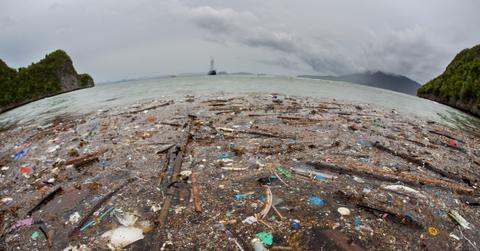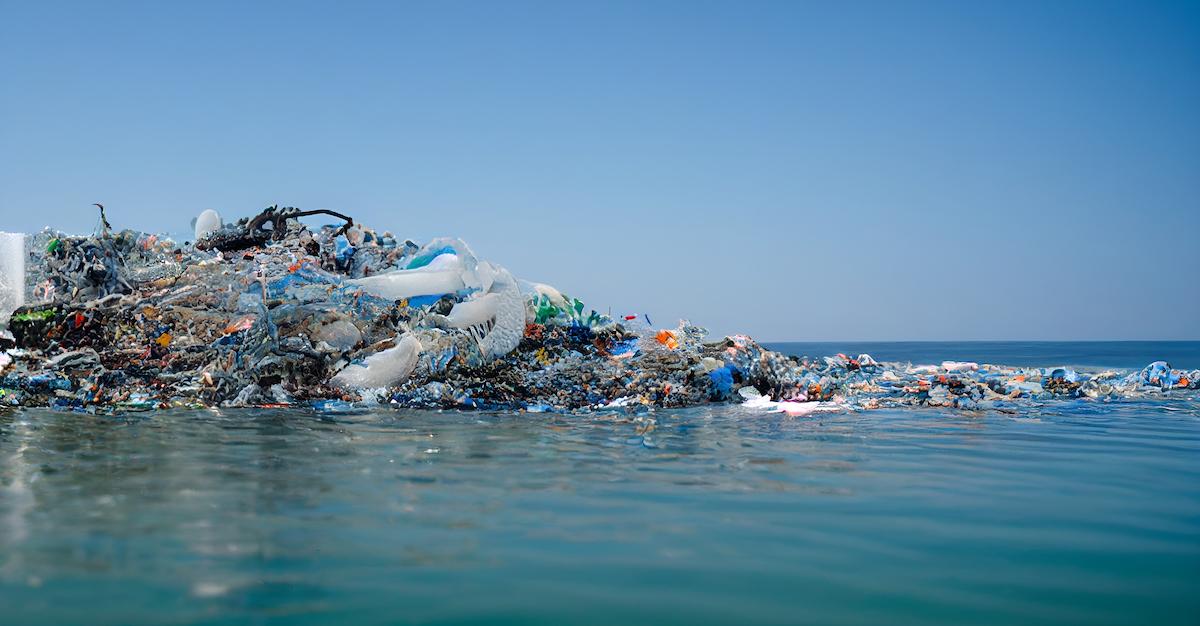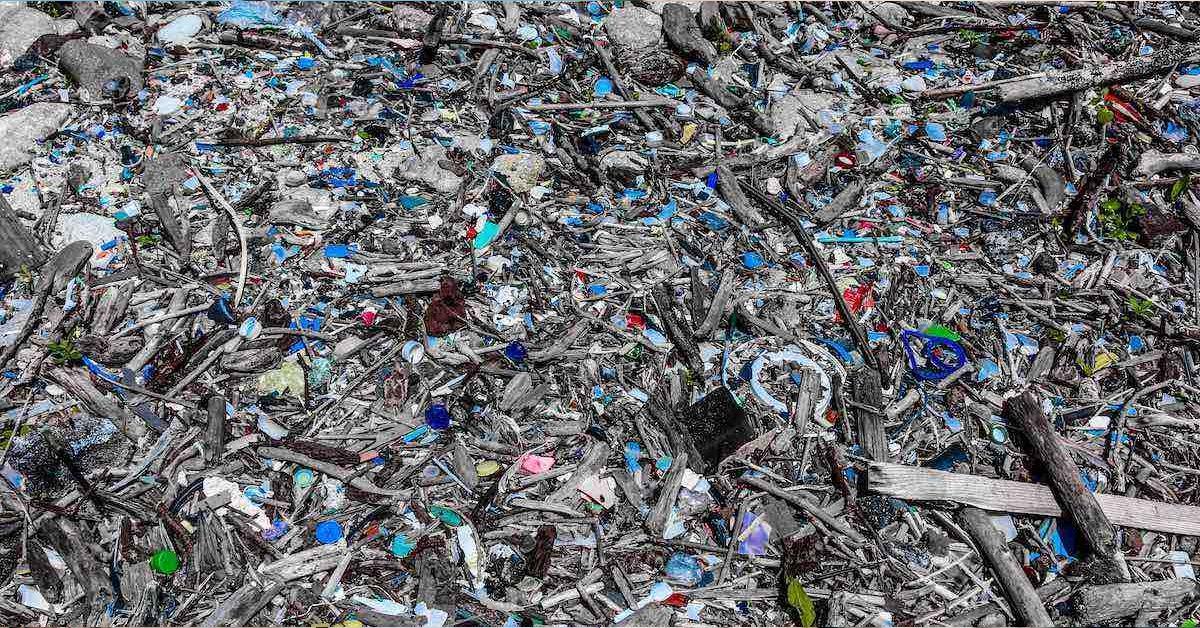The Great Pacific Garbage Patch Now Has Its Own Ecosystem... Gross
Published April 18 2023, 12:21 p.m. ET

Oh, joy... marine life has learned to flourish atop human filth.
Scientists have identified small crustaceans, anemones, and other walks of life thriving along the Great Pacific Garbage Patch's plastic debris. The Great Pacific Garbage Patch's ecosystem came to life, thanks to the pile's growing size and permanence. And the strangest part is the majority of the creatures present normally live on islands and coastlines — so it's unclear how they made their way to and survive on the open ocean.
The findings were published to a science journal called Nature Ecology & Evolution earlier this week, on Monday, April 17.
“It was surprising to see how frequent the coastal species were. They were on 70 percent of the debris that we found,” the lead author of the study, Linsey Haram, explained to CNN. “Quite a large percentage of the diversity that we found were coastal species and not the the native pelagic open ocean species that we were largely expecting to find."
They're now investigating the possible consequences of this finding.
“There’s likely competition for space, because space is at a premium in the open ocean, there’s likely competition for food resources – but they may also be eating each other," Haram continued. "It’s hard to know exactly what’s going on, but we have seen evidence of some of the coastal anemones eating open ocean species, so we know there is some predation going on between the two communities.”

What to know about the Great Pacific Garbage Patch's ecosystem:
While we knew marine life could survive on plastic debris, per Scientific American, scientists were shocked that the ocean's Great Pacific Garbage Patch's (GPGP) was housing coastal creatures, which are now producing in an unfamiliar environment.
“It’s probably one of the least-known environments, the sea surface,” marine biologist Martin Thiel, who wasn't involved in the research, told Scientific American. “It’s a very, very particular community that we are disturbing now at a massive scale.”
About 484 invertebrates were identified living on more than 100 pieces of plastic from the GPGP, which is made up of about 79,000 metric tons of plastic. The identified coastal species included “moss animals," (aka bryozoans), as well as jellyfish, sponges, and worms.
“I just remember the first time [study co-author] Jim [Carlton] and I pulled out a piece of plastic and saw the level of coastal species present, we were just blown away,” Haram told Scientific American.
Some are now concerned that the GPGP's new ecosystem may create competition for food and shelter between non-native coastal species and native open ocean species. But more research is to be done on this.
“If you can reproduce, then you can spread. And if you can spread, you can invade,” marine biologist Linda Amaral-Zettler, who also wasn't involved in the study, told Scientific American. “You’re not just a dead end; you’re not just hitchhiking and then perishing at the end of it.”

What created the Great Pacific Garbage Patch?
The Great Pacific Garbage Patch is a continuously growing pile of plastic debris in the middle of the North Pacific Ocean, between Hawaii and California. Though it isn't visible from space or Google Earth, despite viral rumors, according to Search Engine Land, it's considered to be the world’s largest collection of plastic in an ocean.
The Great Pacific Garbage Patch formed several years ago. It's mostly comprised of litter from the fishing industry as well as microplastics, and litter that was swept away during Japan's infamous 2011 tsunami. Needless to say, it's a sad reflection of human carelessness, and to animal life, at least, it appears to be a permanent structure.
Is the GPGP being cleaned up?
Various environmental groups have attempted to clean up the GPGP, to no avail.
Dutch inventor Boyan Slat is just one environmental innovator, who created the Ocean Cleanup Project. He worked to develop a system that attempted to sweep up floating particles, without invading the space of local marine life. The Ocean Cleanup Project's achievements have been fantastic, but the floating plastic mass has continued growing too quickly for any organization or group to fully stop it from expanding.
Hopefully for the sake of marine life, a solution will be found to disperse the GPGP (and re-home its new residents). Until then, though, we hope the GPGP's ecosystem doesn't result in any dire consequences.